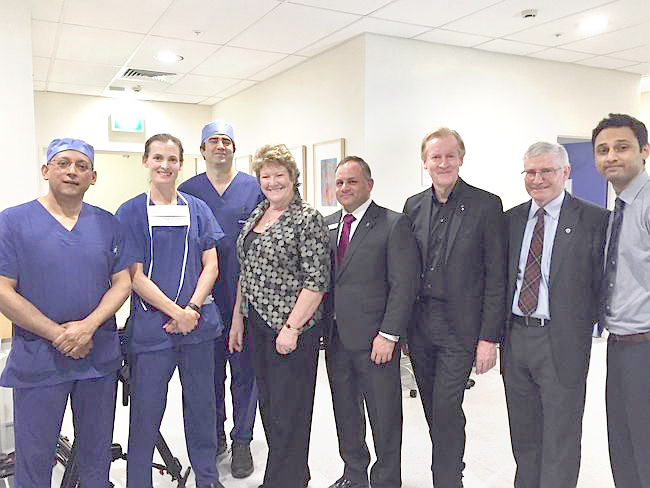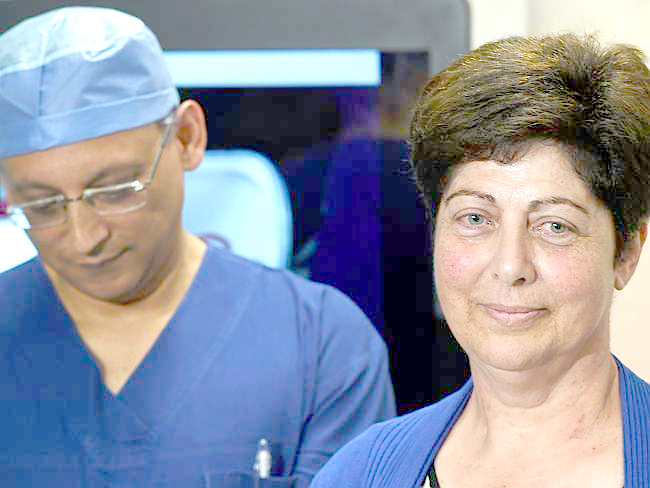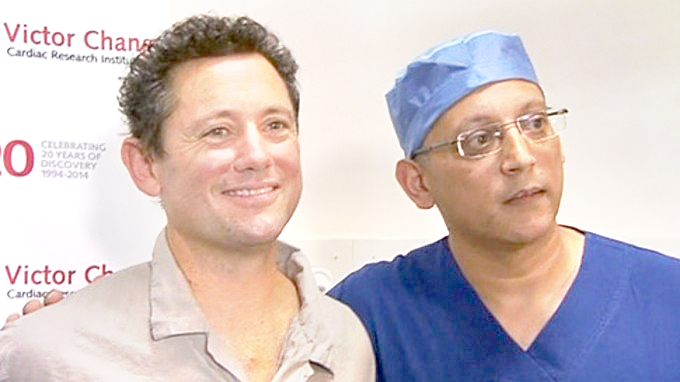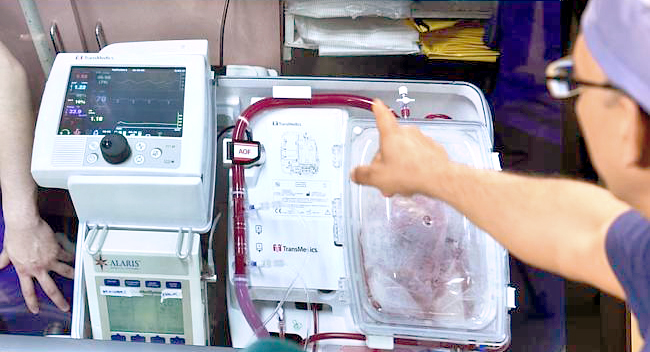Dead Heart Transplant
World-first dead heart transplant at Sydney’s St Vincent’s Hospital a game changer.
Sydney, Australia surgeon’s dead heart transplant a huge medical breakthrough. Previously, transplants relied on donor hearts from brain dead patients. Ability to revive hearts has major implications for donor shortages. Two successful transplants performed in last two months.
A world first, surgeons at St Vincent’s Hospital have made a dead heart beat again and successfully used it in a transplant.
Described as the biggest heart transplant breakthrough in a decade, the successful surgery has profound implications for reducing the shortage of donor organs, the director of St Vincent’s Hospital Heart Lung Transplant Unit, Professor Peter MacDonald, said today.
Previously transplant units relied solely on donor hearts from brain dead patients whose hearts were still beating.
But the clinic has recently transplanted two hearts which were donated after circulatory death (DCD) — where the heart is no longer beating — in both cases the patients are recovering well.
The first person to have the procedure done was Michelle Gribilar. The 57-year-old from Campsie was suffering from congenital heart failure and had surgery about two months ago.
She is recovering well, saying today she “feels like she is 40” since the transplant.
Ms Gribilar said prior to the operation, she had not been able to walk 100m without trouble.
Now she walks 3km and climbs 100-120 stairs every day.
“I was very sick before I had it,” she said. “Now I’m a different person altogether.”
The second patient, Jan Damen, 43, from Elanora Heights, also suffered from congenital heart failure and had surgery about a fortnight ago. He is still recovering at the hospital.
“I feel amazing,” the father-of-three said.
“I have to say I never thought I’d feel so privileged to wear the St Vincent’s pyjamas.
“I’m just looking forward to getting back out into the real world.”
The former carpenter said he often thinks about his donor.
“I do think about it, because without the donor I might not be here,” he said.
“I’m not religious or spiritual but it’s a wild thing to get your head around.”
The transplants of DCD hearts comes as the result of combined research between the Victor Chang Cardiac Research Institute and St Vincent’s Hospital.
The two clinics created a special preservation solution which works in conjunction with a “heart in a box” machine, known as the ex vivo organ care system (OCS).
The OCS allows the donor heart to be connected to a sterile circuit which restores the heart beat and keeps it warm, limiting the adverse affects associated with previous methods which saw hearts kept on ice.
Cold ischaemia, where the heart is dormant without oxygen or nutrients occurs under traditional methods where hearts are kept in an Esky on ice.
But using the preservative solution and the heart in a box, the heart is able to be reanimated, preserved and assessed until it is ready to go into a recipient.

Dr Kumud Dhital (left) and team of doctors involved in the world’s first “dead heart transplant” at St Vincent’s Hospital.
Cardiothoracic surgeon Assoc Prof Kumud Dhital, who performed the transplants with hearts donated after circulatory death (DCD), said he “kicked the air” when the first surgery was successful. It was possible thanks to new technology, he said.
“The incredible development of the preservation solution with this technology of being able to preserve the heart, resuscitate it and to assess the function of the heart has made this possible,” he said.
Professor MacDonald said the move to recover hearts which were previously considered unsuitable for transplantation means that thousands more hearts could become available to end-stage heart failure sufferers as the technology becomes more readily available.
“In all our years, our biggest hindrance has been the limited availability of organ donors,” Prof MacDonald said.
Researchers are still determining how long after DCD a heart can be resuscitated, but have revived hearts more than 30 minutes after death.
Source: Robbie Patterson / Wentworth Courier / TheAustralian.com.au
=====================
World-first dead heart transplant in Sydney, Australia.




